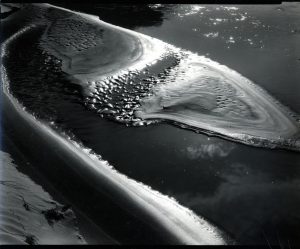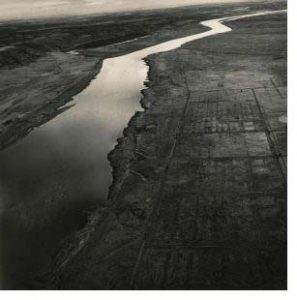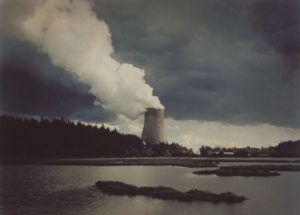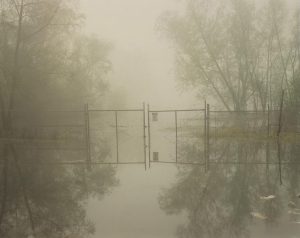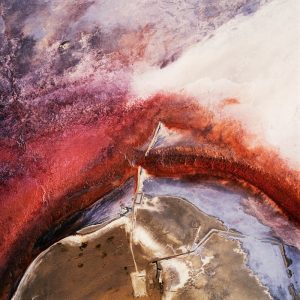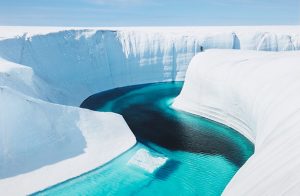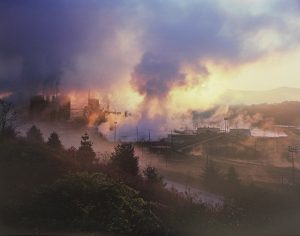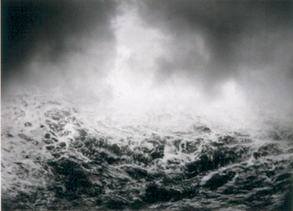
![]() Legend has it that the famous nineteenth-century British painter, Joseph Mallord William Turner, envisioned his painting Snow Storm – Steam-Boat off a Harbor’s Mouth while roped to the mast of a ship for four hours during an actual storm at sea. Whether or not this actually happened, Turner must have looked carefully at the ocean to create his vortex of water, waves, and sky.
Legend has it that the famous nineteenth-century British painter, Joseph Mallord William Turner, envisioned his painting Snow Storm – Steam-Boat off a Harbor’s Mouth while roped to the mast of a ship for four hours during an actual storm at sea. Whether or not this actually happened, Turner must have looked carefully at the ocean to create his vortex of water, waves, and sky.
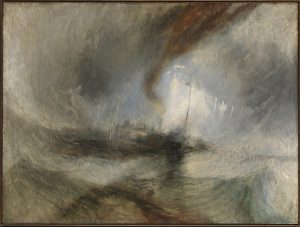
Photographer Dodo Jin Ming has followed in Turner’s footsteps, producing mesmerizing views of storm-roiled waters and turbulent clouds. Working in the midst of intense weather conditions at sea, she places herself at great personal risk to interpret the sublime power of nature.
Born in Beijing, Jin Ming had a successful career as a violinist before taking up photography in 1988. Profoundly influenced by the work of Joseph Beuys, Jin Ming considers herself a conceptual artist who works in photography. In the Free Element series, she produced her prints from two negatives, one for the sea and the other for the sky, utilizing the nineteenth-century combination printing technique invented to get around the limitations of early technology. Unlike earlier photographers, however, Jin Ming’s use of combination printing is not in the service of verisimilitude; rather, it serves to heighten the emotional effect of a first-hand confrontation with massive waves and stormy skies.
